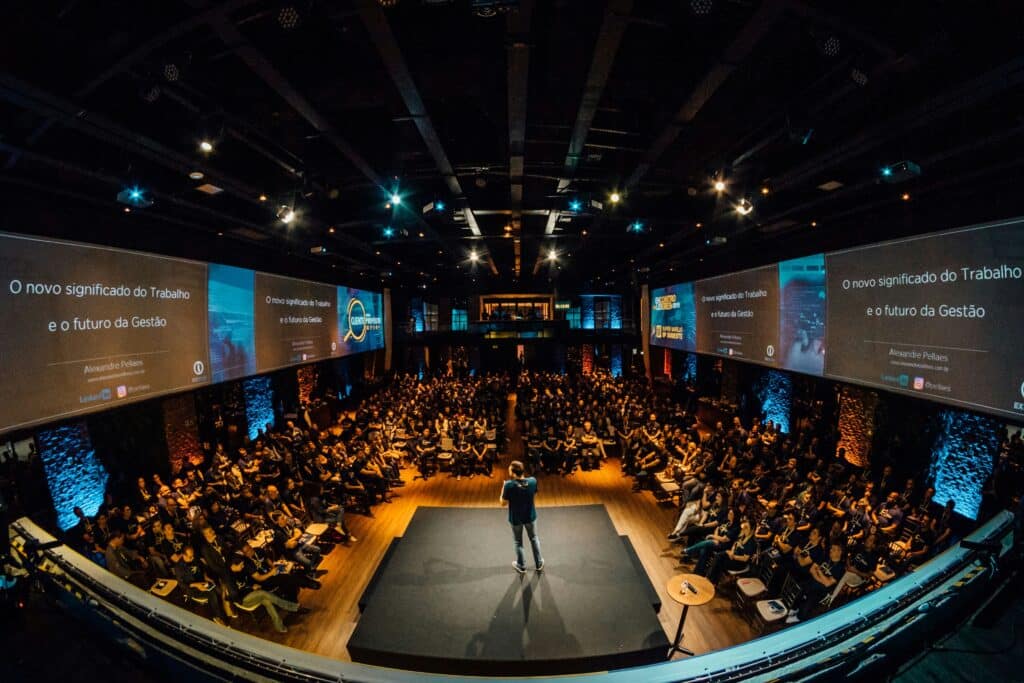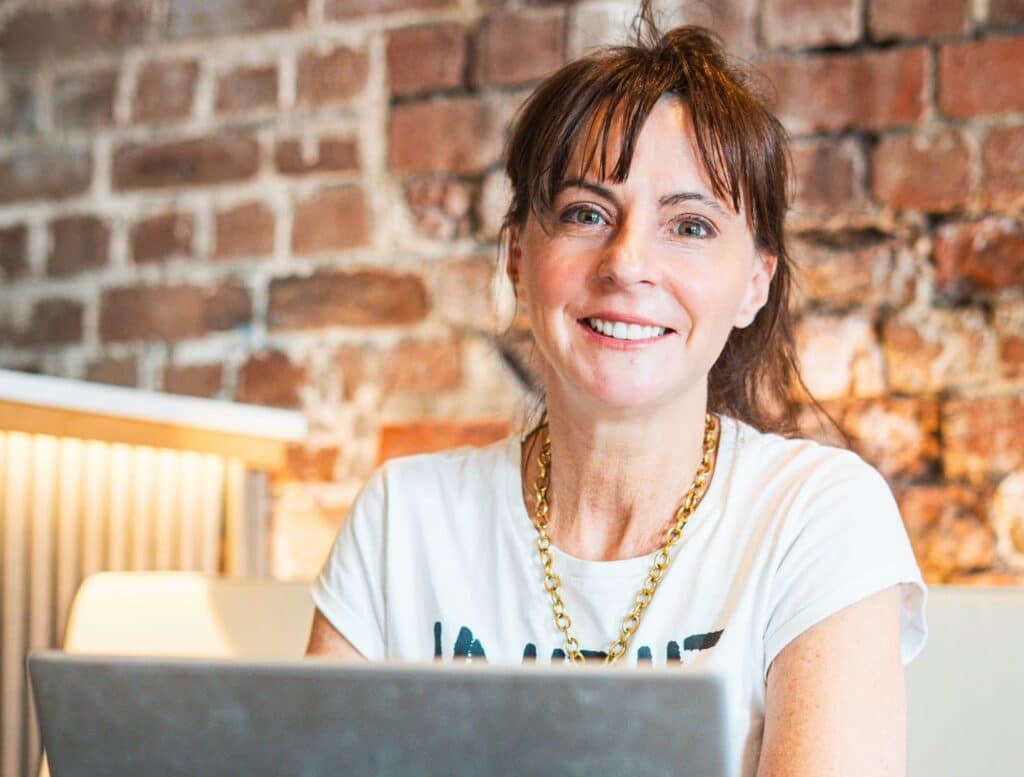Home » How to Start a TED Talk
(*Of course, if you’re looking for more than ‘advice’, check out all the different ways the Speechy team can help you write & deliver a great speech. Or check out our new AI-powered team member, SpeechyAI.)
‘(Of course, if you’re looking for more than ‘advice’, check out Speechy’s bespoke speechwriting service. We also have a range of excellent speech templates that might be just what you need.)
(*Of course, if you’re looking for more than ‘advice’, check out our eulogy writing service or our eulogy template.)
(Of course, if you’re looking for more than ‘advice’, check out Speechy’s bespoke speechwriting service. We also have a range of excellent speech templates that might be just what you need.)
If you want to give a TED Talk, the first 60 seconds matter more than anything else. With 18 minutes (or less) to deliver an idea worth spreading, your opening can make the difference between going viral and being forgotten.
The good news? TED Talk openings aren’t magic. They follow tried-and-tested techniques that anyone can master. Let’s look at how to start a TED Talk the right way with insights from the best, a few cautionary tales, and some examples you can steal.

Stories build instant connection. They humanise complex topics and give the audience a reason to care.
Take Jill Bolte Taylor’s “My Stroke of Insight.” She opens with a vivid story of experiencing her own stroke – instantly drawing listeners into her unique perspective as a neuroscientist.
Made-up example:
“The first time I realised how powerful sound can be was when my neighbour started learning the drums. At 2 a.m. In a terraced house.”
Suddenly, the audience is listening – and smiling.
A sharp question makes people curious and forces them to mentally engage.
In “How to spot a liar,” Pamela Meyer opens with: “On any given day, we’re lied to from 10 to 200 times.” Not exactly a direct question, but it makes you instantly ask: “Who’s lying to me right now?”
Made-up example:
“What if your phone didn’t just know where you are – but what mood you’re in?”
Questions don’t just grab attention; they create suspense.

Sometimes the best way to open is with a fact that makes the audience say, “No way.”
Dan Gilbert’s “The surprising science of happiness” begins by challenging assumptions about what makes us happy, supported by research that upends the obvious.
Made-up example:
“More people in the world own a smartphone than a toothbrush. Think about that for a second.”
A single, surprising fact reframes the entire talk.
A well-placed laugh creates instant rapport. But it has to be tied to your idea.
In “What makes a good life? Lessons from the longest study on happiness,” Robert Waldinger opens with a wry observation about people’s guesses on what leads to happiness – already disarming his audience with gentle humour.
Made-up example:
“I nearly didn’t make it here today. Not because of nerves – but because I lost a fight with the London Underground ticket machine.”
Humour works best when it’s honest, self-deprecating, and relevant.

“What if” invites people to imagine a new reality – and TED is all about possibility.
In “The case for optimism on climate change,” Al Gore paints a picture of what could happen if we take bold action- giving the audience hope and vision.
Made-up example:
“What if we could print food at home the way we print documents? No more supermarkets. No more sell-by dates. Just dinner at the press of a button.”
A powerful “what if” puts the audience inside your idea.
A few traps to avoid:
Don’t start with a bio. The audience already knows who you are – or doesn’t care yet.
Don’t apologise. (“I’m not a great speaker…”). Confidence matters.
Don’t use clichés. If your first line is “Webster’s dictionary defines…”, you’ve lost them.
From my own experience, I’ve seen audiences switch off in seconds if the opening rambles. On a TED stage, the stakes are even higher.

The best TED Talk openings often combine techniques: a fact + a story, or a joke + a question. Here’s a simple formula:
Hook – story, fact, question, or joke
Connect – show why it matters to you
Signpost – hint at where the talk is going
For example:
“Loneliness kills more people than smoking. I first realised this when I saw my mum eating dinner alone night after night. Today, I want to show you how we can fix this – not just for her, but for millions of people.”
In 30 seconds, you’ve got their heads and hearts.
Audiences don’t remember introductions. They remember how you made them feel.
A great TED Talk opening is about connection, not performance. Make them laugh, make them think, or make them care – ideally all three.
So if you’re wondering how to start a TED Talk, here’s the truth: you don’t need to be a genius. You just need to nail your first 60 seconds.
Rehearse that opening ten times more than the rest of your talk. Because once you’ve hooked them, the world will stick around for the rest of your idea worth spreading.
And if you need help shaping that killer opening (or the rest of your speech), well… here I am.
I’ve coached hundreds of people – from nervous wedding speakers to executives on the BBC and even TEDx stages – to sound confident, witty, and authentic. If you want the same, you know where to find me. Check out my TED Talk Speech Writing Service.

The Speechy team are TV-trained scriptwriters/comedians by trade & we’ve helped 1,000s of speakers around the world deliver their dream speech.
Our advice has been quoted everywhere from The New York Times to Grazia and from Forbes to The Observer. Our founder has also featured on the BBC Sounds’ Best Men podcast with Jason Manford and written ‘The Modern Couple’s Guide to Wedding Speeches’, published by Little, Brown.














